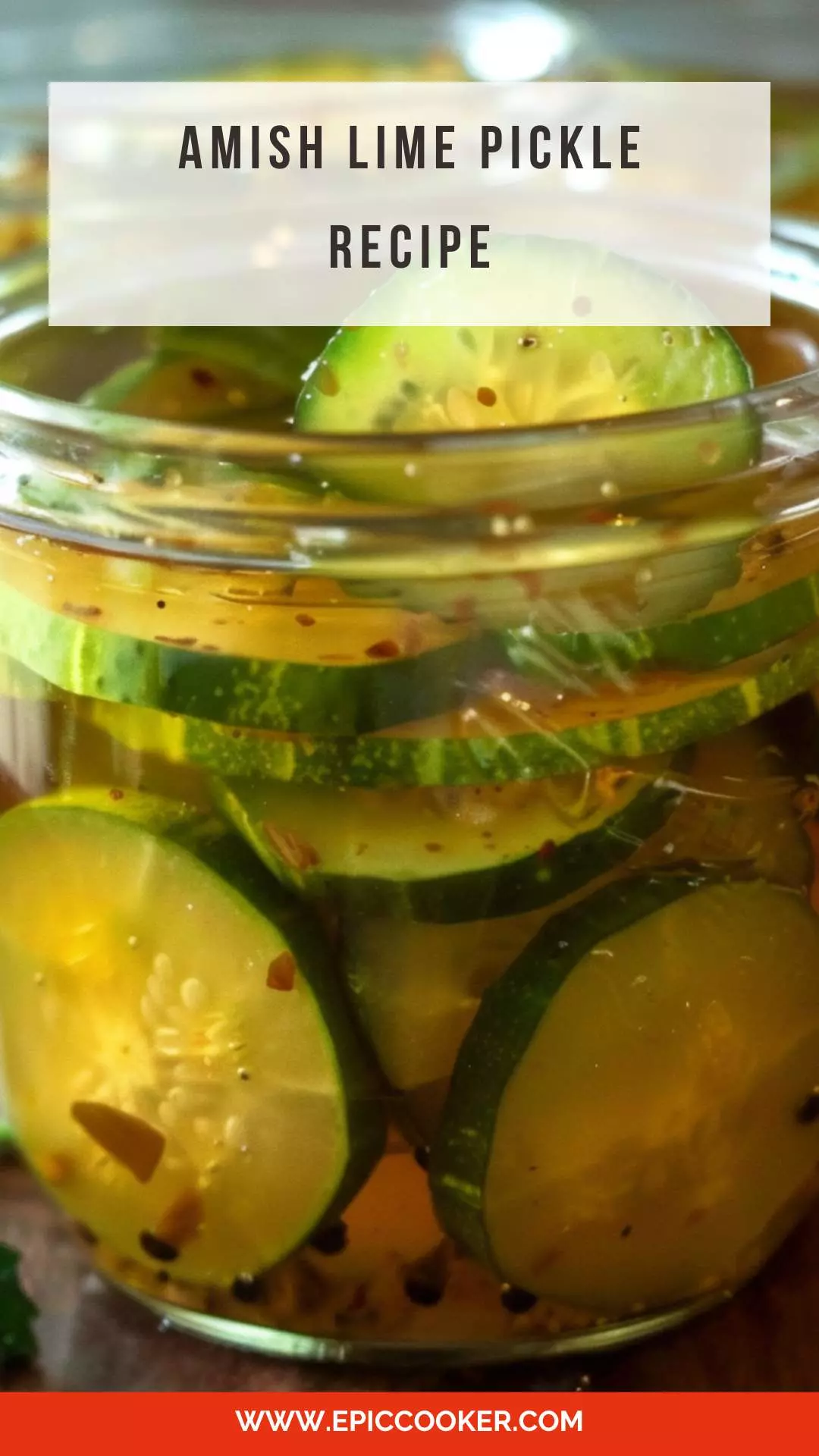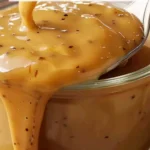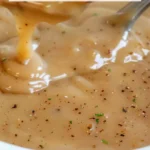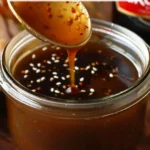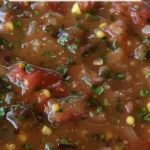Let me take you on a delightful journey into the world of a traditional Amish delicacy – the Amish lime pickle. This tangy and flavorful pickle is a staple in many Amish households and is cherished for its unique taste and versatility.
Today, I am excited to share with you a step-by-step guide on how to prepare this classic recipe in the comfort of your own kitchen.
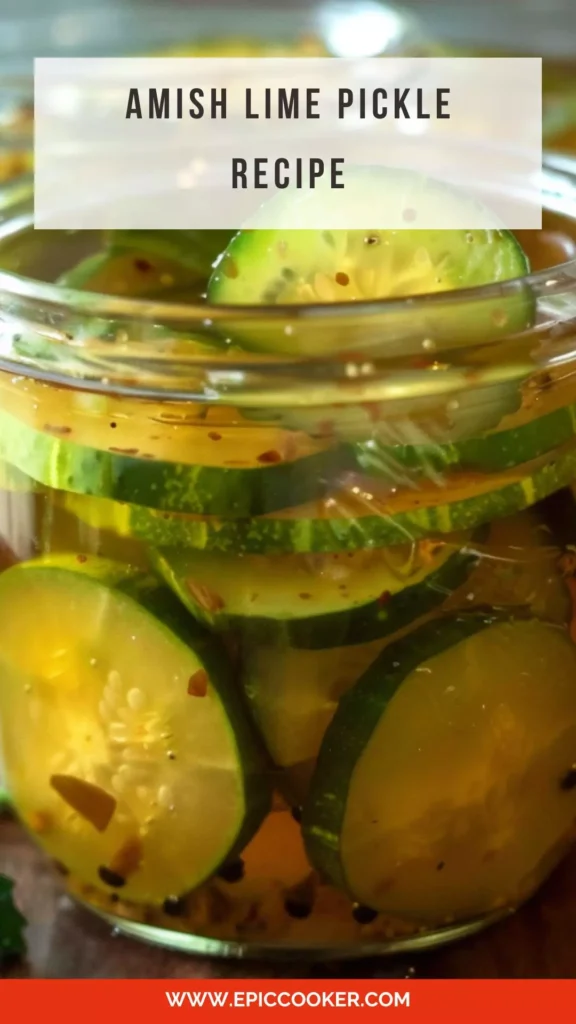
Why This Recipe Works:
1. Preservation: The use of pickling lime in this recipe helps in preserving the cucumbers and maintaining their crunchiness for an extended period.
2. Balanced Flavors: The combination of sugar, vinegar, and spices creates a harmonious blend of sweet, tangy, and savory flavors that make this pickle irresistible.
3. Versatile Use: This pickle can be enjoyed as a condiment, a side dish, or even as a snack on its own, making it a versatile addition to any meal.
4. Authenticity: By following this traditional Amish recipe, you can experience the authentic flavors of this beloved pickle that has been passed down through generations.
How Does It Taste Like:
The Amish lime pickle offers a burst of flavors with each bite. The sweetness from the sugar is balanced by the tanginess of the vinegar, while the spices add a depth of flavor that lingers on your palate.
The cucumbers absorb the essence of the pickling solution, resulting in a crispy texture that complements the intense flavors.
You’ll also like the following Sauce recipes!
- Mcdonald’s Breakfast Sauce Copycat Recipe
- Kikkoman Teriyaki Sauce
- How to make Freddy’s Jalapeno Fry Sauce
What sets this recipe apart from other Amish lime pickle variations:
What makes this recipe unique is the use of pickling lime for pickling, which gives the pickle its characteristic crunch and firm texture. The combination of spices like celery seed, mustard seed, and pickling spice adds a complex flavor profile that sets it apart from other Amish lime pickle recipes.
Moreover, the precise balance of sweet and tangy elements in this recipe creates a well-rounded pickle that is sure to delight your taste buds.
Ingredients You’ll Need:
- Cucumbers: Cucumbers are the main ingredient in the pickle. They provide a crisp and refreshing texture and absorb the flavors of the pickling solution.
- Water: Water is the base of the pickling solution. It helps to dissolve the other ingredients and create the brine that preserves and flavors the cucumbers.
- pickling lime (for pickling): pickling lime, also known as pickling lime, is used to crisp the cucumbers. It helps to maintain their firm texture during the pickling process.
- Alum: Alum is another ingredient used to crisp the cucumbers. It helps to preserve their crunchiness and texture.
- Salt: Salt is a key component of the pickling solution. It adds flavor and helps to preserve the cucumbers by inhibiting the growth of harmful bacteria.
- Sugar: Sugar adds sweetness to the pickles and helps to balance out the acidity of the vinegar in the pickling solution.
- Vinegar: Vinegar is essential for pickling. It adds acidity to the pickling solution, which helps to preserve the cucumbers and gives them their characteristic tangy flavor.
- Celery seed: Celery seed contributes a unique flavor to the pickles. It adds a hint of celery-like aroma and taste, enhancing the overall flavor profile of the pickles.
- Mustard Seed: Mustard seed adds a slightly spicy and pungent flavor to the pickles. It complements the other spices and adds complexity to the pickling solution.
- Mixed pickling spice: Mixed pickling spice typically includes a blend of spices such as cloves, cinnamon, and allspice. It adds depth of flavor and complexity to the pickles, creating a well-rounded taste.
- Green food coloring (optional): Green food coloring is optional and is used primarily for aesthetic purposes. It helps to give the pickles a vibrant green color, making them more visually appealing.
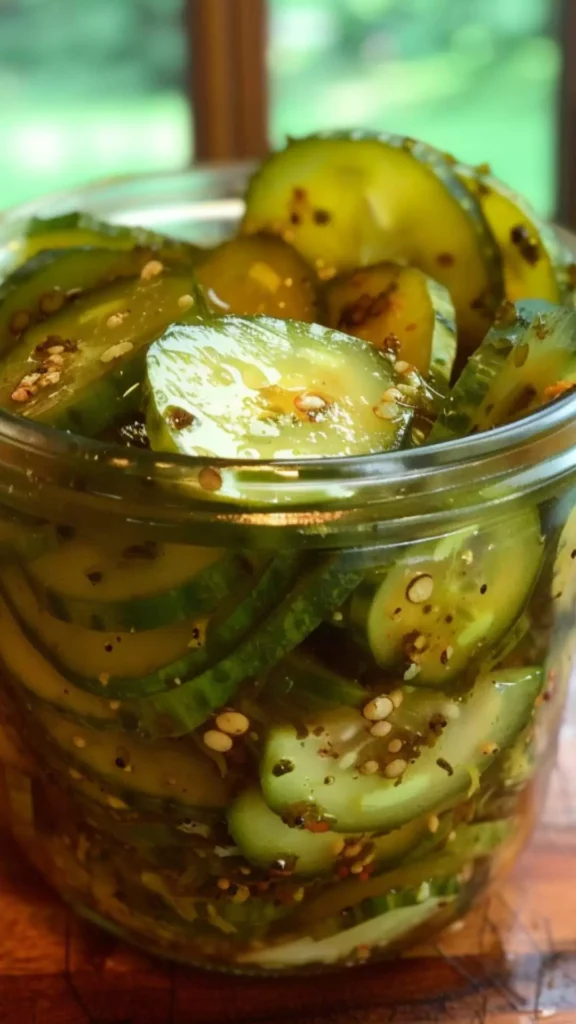
Step by Step Directions:
Step 1: Slice and Soak the Cucumbers
Begin by slicing 7 pounds of cucumbers into thick slices. Place the cucumber slices in a large container or bowl. In a separate container, mix 2 gallons of water with pickling lime for pickling and the juice of a lime.
Pour this lime solution over the cucumber slices, ensuring they are fully submerged. Cover the container and refrigerate it for 24 hours to allow the cucumbers to soak.
Step 2: Rinse the Cucumbers
After 24 hours, remove the container from the refrigerator. Drain the lime solution from the cucumbers and rinse them thoroughly under cold water at least three times to remove any residual lime.
Step 3: Soak the Cucumbers in Alum Solution
Prepare an alum solution by combining clear water with 1/2 teaspoon of alum in a separate bowl. Submerge the cucumber slices in this alum solution and let them soak for 3 hours. Once soaked, drain the cucumber slices.
Step 4: Prepare the Pickling Mixture
In a large pot, combine the remaining ingredients except for the green food coloring. This includes sugar, vinegar, salt, celery seed, mustard seed, and mixed pickling spice. Heat the mixture slightly to help dissolve the sugar, if needed.
Step 5: Marinate the Cucumbers
Add the drained cucumber slices into the pot with the pickling mixture. Ensure that the cucumber slices are fully covered by the liquid. Allow the cucumbers to marinate in the mixture overnight to absorb the flavors.
Step 6: Add Food Coloring and Boil
The next day, add green food coloring to the pickling mixture to achieve the desired color. Bring the mixture and cucumber slices to a boil over medium heat. Let them boil together for 35 minutes, stirring occasionally.
Step 7: Jar and Seal
Carefully transfer the cooked cucumber slices and pickling mixture into sterilized jars using a slotted spoon or tongs. Fill the jars leaving about 1/2 inch of headspace. Seal the jars tightly with lids and rings.
Step 8: Process in Water Bath Canner
Place the sealed jars in a water bath canner, ensuring they are fully submerged in boiling water. Process the jars for 10 minutes if using pint-sized jars. Adjust the processing time if using different sized jars according to canning guidelines.
Step 9: Cool and Store
Once processed, carefully remove the jars from the water bath canner and allow them to cool completely at room temperature. Once cooled, check the seals and store the jars in a cool, dark place.
These homemade Amish lime pickles will be ready to enjoy after a few weeks of allowing the flavors to develop. Enjoy your delicious pickles!
Notes:
Here are some tips to ensure the success of your Amish lime pickle:
– Store the pickle in a cool, dark place for optimal flavor development.
– Adjust the amount of sugar and vinegar to suit your taste preferences.
– Experiment with different spices to customize the flavor profile of the pickle.
– Use fresh, firm cucumbers for the best results.
– Properly sterilize jars and lids before filling them with the pickle to extend the shelf life.
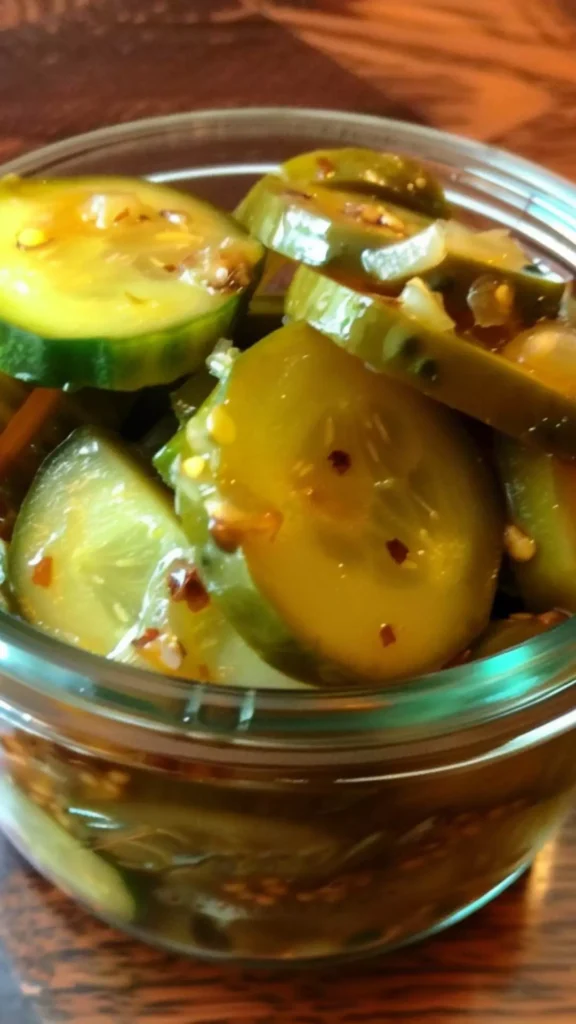
Nutrition Information:
Nutrition Information for Amish Lime Pickle (per serving, approximately 1 tablespoon):
- Calories: Around 30-40 calories
- Total Fat: 0 grams
- Saturated Fat: 0 grams
- Trans Fat: 0 grams
- Cholesterol: 0 milligrams
- Sodium: 0-100 milligrams (depending on salt content)
- Total Carbohydrates: 8-10 grams
- Dietary Fiber: 0-1 gram
- Sugars: 7-9 grams
- Protein: 0 grams
How Do You Store This Amish Lime Pickle:
Store the Amish lime pickle in sterilized jars with tight-fitting lids. Keep the jars in a cool, dark place to preserve the flavors and maintain the quality of the pickle. It is recommended to let the pickle mature for a few weeks before consuming to allow the flavors to meld together.
Sides For Amish Lime Pickle:
Enhance your dining experience by pairing the Amish lime pickle with the following sides:
1. Warm, freshly baked bread
2. Crisp, buttery crackers
3. Creamy cheese platter
What alternatives can you use for the ingredients if they are not present in your kitchen:
If you’re missing some ingredients for the Amish lime pickle, here are some alternatives you can consider:
1. Substitute pickling lime with fresh lime juice or vinegar for a slightly different flavor profile.
2. Alum can be replaced with pickle crisp for maintaining the pickle’s crispiness.
3. Use a combination of different sweeteners like honey or maple syrup in place of sugar.
4. Experiment with different spices like cumin, fennel seeds, or cloves to add your unique twist to the pickle.
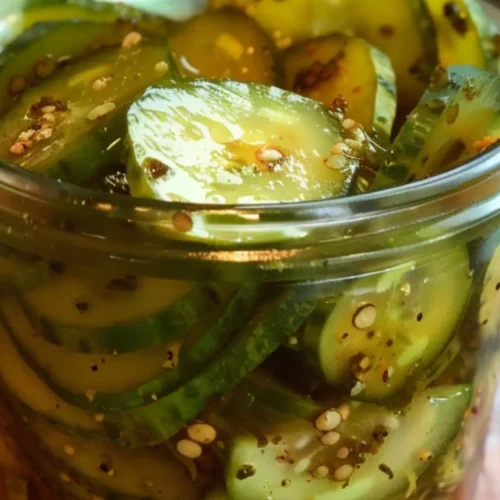
Amish Lime Pickle Recipe
Equipment
- Large container or bowl
- Separate container for mixing lime solution
- Pot for preparing pickling mixture
- Water bath canner
- Sterilized jars with lids and rings
- Slotted spoon or tongs
Ingredients
- 1/2 teaspoon Alum
- Green food color optional
- 2 quarts white Vinegar
- 1 tablespoon Mixed pickling spice
- 2 cups pickling lime
- 7 pounds Cucumbers
- 1 teaspoon Celery seed
- 1 teaspoon Mustard Seed
- 2 gallons Water
- 9 cups granulated Sugar
- 1 tablespoon Salt
Instructions
- Begin by slicing 7 pounds of cucumbers into thick slices. Place the cucumber slices in a large container or bowl. In a separate container, mix 2 gallons of water with pickling lime for pickling and the juice of a lime.
- Pour this lime solution over the cucumber slices, ensuring they are fully submerged. Cover the container and refrigerate it for 24 hours to allow the cucumbers to soak.
- After 24 hours, remove the container from the refrigerator. Drain the lime solution from the cucumbers and rinse them thoroughly under cold water at least three times to remove any residual lime.
- Prepare an alum solution by combining clear water with 1/2 teaspoon of alum in a separate bowl. Submerge the cucumber slices in this alum solution and let them soak for 3 hours. Once soaked, drain the cucumber slices.
- In a large pot, combine the remaining ingredients except for the green food coloring. This includes sugar, vinegar, salt, celery seed, mustard seed, and mixed pickling spice. Heat the mixture slightly to help dissolve the sugar, if needed.
- Add the drained cucumber slices into the pot with the pickling mixture. Ensure that the cucumber slices are fully covered by the liquid. Allow the cucumbers to marinate in the mixture overnight to absorb the flavors.
- The next day, add green food coloring to the pickling mixture to achieve the desired color. Bring the mixture and cucumber slices to a boil over medium heat. Let them boil together for 35 minutes, stirring occasionally.
- Carefully transfer the cooked cucumber slices and pickling mixture into sterilized jars using a slotted spoon or tongs. Fill the jars leaving about 1/2 inch of headspace. Seal the jars tightly with lids and rings.
- Place the sealed jars in a water bath canner, ensuring they are fully submerged in boiling water. Process the jars for 10 minutes if using pint-sized jars. Adjust the processing time if using different sized jars according to canning guidelines.
- Once processed, carefully remove the jars from the water bath canner and allow them to cool completely at room temperature. Once cooled, check the seals and store the jars in a cool, dark place.
- These homemade Amish lime pickles will be ready to enjoy after a few weeks of allowing the flavors to develop. Enjoy your delicious pickles!
Notes
- Store the pickle in a cool, dark place for optimal flavor development.
- Adjust the amount of sugar and vinegar to suit your taste preferences.
- Experiment with different spices to customize the flavor profile of the pickle.
- Use fresh, firm cucumbers for the best results.
- Properly sterilize jars and lids before filling them with the pickle to extend the shelf life.
Nutrition
Frequently Asked Questions:
Q1: Can I reduce the sugar content in the pickle?
A1: Yes, you can adjust the amount of sugar according to your taste preferences. However, keep in mind that sugar not only adds sweetness but also helps in preserving the pickle.
Q2: Can I use regular limes instead of cucumbers for this pickle?
A2: While the traditional recipe calls for cucumbers, you can experiment with using other vegetables like carrots, green beans, or cauliflower to create different variations of the pickle.
Q3: How long does the Amish lime pickle last once opened?
A3: Once opened, the pickle can be stored in the refrigerator for up to several weeks. Make sure to use clean utensils when serving the pickle to prevent contamination.
Q4: Can I skip the green food coloring in the recipe?
A4: Yes, the green food coloring is optional and can be omitted without affecting the flavor or texture of the pickle.
Conclusion:
In conclusion, making Amish lime pickle is a rewarding experience that allows you to savor the flavors of this timeless recipe. By following the detailed steps and tips provided in this guide, you can create a batch of delicious pickles that will impress your family and friends.
The balance of sweet, tangy, and savory flavors in this pickle makes it a versatile addition to your culinary repertoire.
So, roll up your sleeves, gather the ingredients, and embark on a culinary adventure as you master the art of making Amish lime pickle from scratch. Cheers to flavorful moments shared around the dining table with this delightful pickle!

